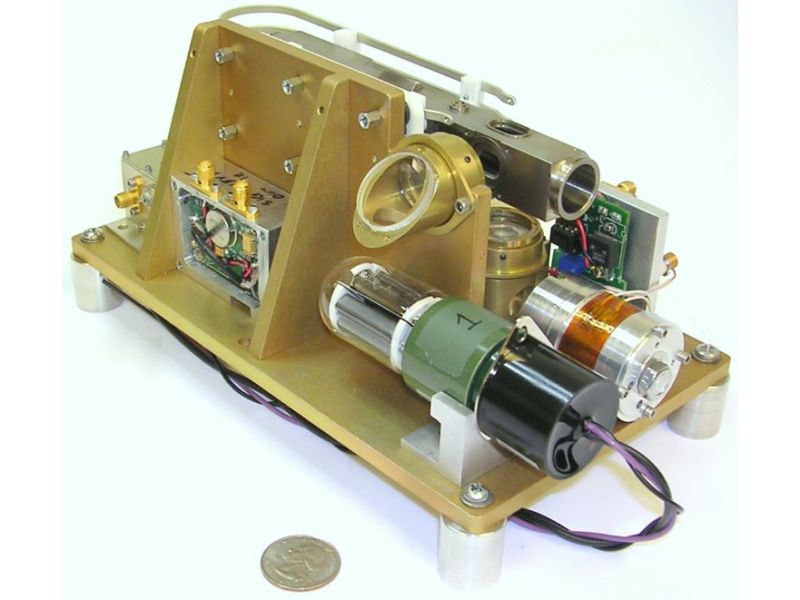
“You could put one in a pickup truck or a trailer and drive it around with you, but I’m guessing it won’t deal very well with the bumps on the road,” says co-author Krish Kotru, a graduate student in MIT’s Department of Aeronautics and Astronautics.
#Rockn aims to atomic clocks portable portable#
However, while fountain clocks are the most precise timekeepers, they can’t be made portable without losing stability. While chip-sized atomic clocks (CSACs) are commercially available, the researchers say these low-power devices - about the size of a matchbox - drift over time, and are less accurate than fountain clocks, the much larger atomic clocks that set the world’s standard. The group has outlined its approach in the journal Physical Review A. Now a group at MIT and Draper Laboratory has come up with a new approach to atomic timekeeping that may enable more stable and accurate portable atomic clocks, potentially the size of a Rubik’s cube.

The frequency of atomic vibrations determines the length of one second - information that is beamed up to GPS satellites, which stream the data to ground receivers all over the world, synchronizing cellular and cable networks, power grids, and other distributed systems. The international standard for time is set by atomic clocks - room-sized apparatuses that keep time by measuring the natural vibration of atoms in a vacuum.

What time is it? The answer, no matter what your initial reference may be - a wristwatch, a smartphone, or an alarm clock - will always trace back to the atomic clock.


 0 kommentar(er)
0 kommentar(er)
